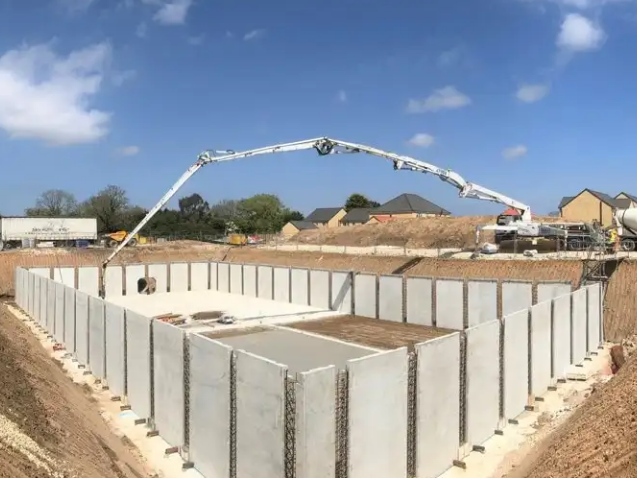Stormwater management in Urban Areas through Sustainable Techniques
In recent years, we have witnessed many big cities in the U.K. facing an increased frequency of floods as a result of rapid urbanization. The increased amount of impervious surfaces all around and resultant soil sealing have reduced the potential of water infiltration. It suggests that the urban storm drainage system needs to be modified to face emerging challenges due to heavy rainfall.
The traditional approaches to stormwater management focused on using a piped drainage system. However, this type of drainage infrastructure fails to cope up with the increasing rate of stormwater due to soil sealing. Plus, it can lead to increased run-off, excess discharge of water to the nearby water bodies, and water pollution. To cope up with the challenges arising out of increased urbanization and ecological imbalance, it is important to install a sustainable drainage system.
But instead of changing the entire drainage system, we can integrate stormwater attenuation systems and green infrastructure practices with the existing drainage system. Together, these techniques can help in restoring the natural hydrological system. Let's explore more about both stormwater attenuation systems and green infrastructure practices.
Stormwater attenuation system
The stormwater attenuation system relies on the method of detaining stormwater runoff and releasing the collected water at a controlled rate. This technique helps in preventing rain. Moreover, collecting the rainwater into a stormwater attenuation tank allows us to check the quality of water before releasing it into the main drainage system. The water stored in the stormwater attenuation tank can also be filtered and used for domestic purposes.
Green Infrastructure Practices
This technique makes the combined use of soil and green plants to slow down the flow of stormwater and manage its quality. Both soil and plants are the best filters for water as they can readily absorb the chemical pollutant, humas, and other waste products.
GI practices help in harvesting, infiltrating, and treating stormwater runoff. The most common practices of GI practices include rainwater harvesting systems, green roofs, permeable pavements, rain gardens, swales, detention basins, retention ponds, soakaways, and wetlands.
These solutions can help in increasing groundwater recharging and provides additional benefits for improving public health. Plus, they can also create recreational opportunities, support the local ecology and biodiversity, and capture carbon.
Conclusion- By integrating stormwater attenuation systems and green infrastructure practices, we can certainly reduce the damages incurred from flooding events. The stormwater attenuation system can help in managing the quality and quantity of stormwater. Plus, the green infrastructure practices can enhance the groundwater recharging and restore the natural hydrological balance. Together these techniques can prevent flooding, water pollution, and soil erosion.


Comments
Post a Comment